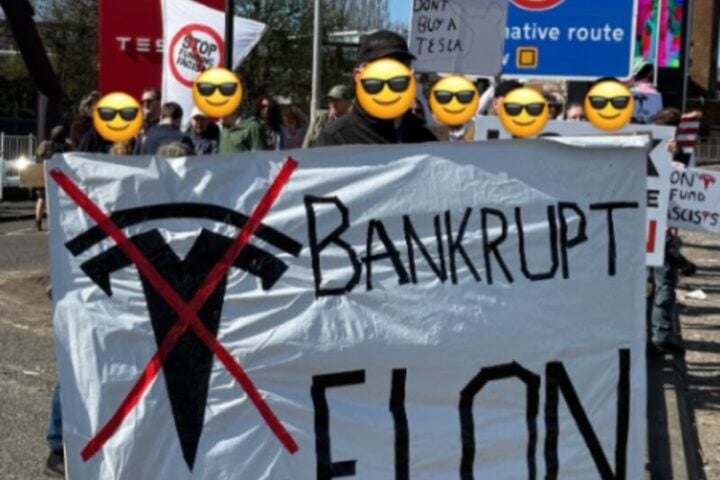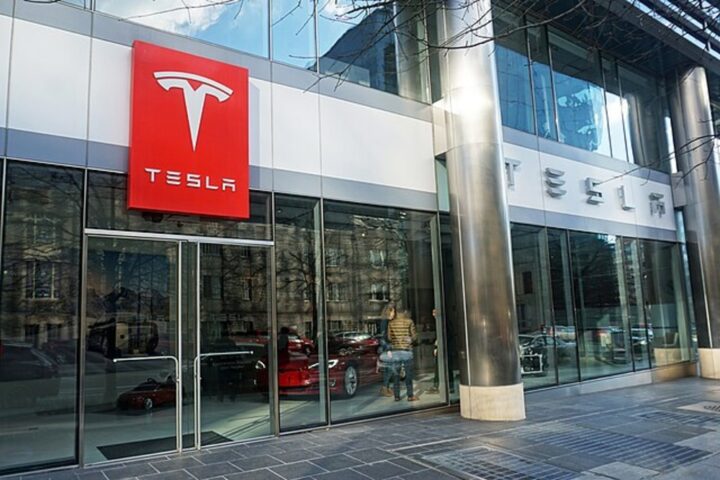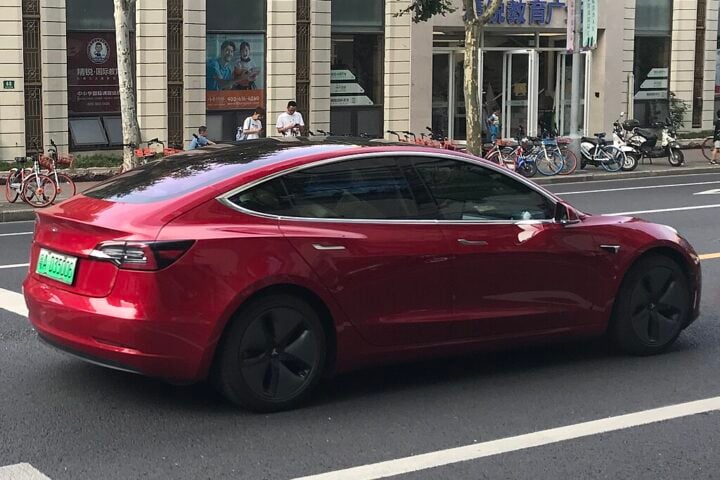ESG Integration and Market Landscape: Companies are weaving ESG (Environmental, Social, and Governance) into their core strategies, targeting discerning, long-haul investors. Effective narratives highlight both the opportunities and challenges in the market landscape. Leaders provide insights on market evolutions, such as the electric vehicle surge. In sectors like energy, the potential of alternatives like hydrogen is still being explored.
Green Strategies and Value Proposition: Companies articulate their green strategies, from pioneering new eco-materials to reducing carbon footprints. A company’s ESG strategy should clearly align with its value proposition. Firms should showcase how their green strategies boost financial metrics like cash flows and margins. Tangible results from ESG strategies are what investors are keen on.
Environmental Considerations and Investment Decisions: Addressing both the environmental risks and opportunities is paramount. ESG considerations are becoming pivotal in investment decisions. While short-term stock movements grab headlines, intrinsic investors are playing the long game. Research, including insights from Jay Gelb, Rob McCarthy, Werner Rehm, and Andrey Voronin, underscores the influence of long-term-focused investors.
Value Creation and Investment Priorities: Top investment officers champion sustainable growth and agile capital reallocation by CEOs. Core drivers of sustainable value include cost efficiency, capital productivity, and innovative products. Factors like a firm’s competitive edge and management prowess weigh heavily in investment decisions. Growth isn’t the sole focus; robust operations and visionary leadership drive long-term value.
Corporate Strategies and Stakeholder Impact: CEOs are nudged to shift from short-term gains to strategic resource distribution. Over half of the surveyed investment officers emphasize the ripple effect of corporate strategies on stakeholders. Building a resilient brand goes hand in hand with a sustainable competitive edge. Short-sighted approaches are flagged as pitfalls by investment leaders.
Similar Posts
Communication and ESG Roadmap: The rapidly morphing market landscape demands clarity and precision in corporate communication. While some firms have a clear ESG roadmap, others navigate murkier waters. High-emission industries are scouting for green opportunities in the energy transition. Transparent communication examples include a food brand’s regional sustainable sourcing trends.
Evidence and Green Initiatives: Another case in point is an electric utility’s shift to renewables, underscoring cost and operational benefits. Tangible evidence supporting a firm’s ESG strategy is a magnet for investors. Companies should elucidate their green initiative choices and their value creation mechanics. A recent survey, spanning September to October 2022, pooled insights from 19 global fund chiefs.
Sustainable Growth and Value Creation: CEOs are propelled to be nimble, reallocating resources for sustainable growth. Survey insights reiterate the essence of prioritizing enduring value over fleeting financial peaks. CEOs are steered towards swift, strategic overhauls, shedding non-aligned assets. Recognizing stakeholder impact is synonymous with brand strength and competitive advantage.
Investment Perspectives and Final Thoughts: Short-termism is flagged as a misstep by investment chiefs. Survey findings amplify the call for sustainable value creation over ephemeral gains. The unwavering message from intrinsic investors: prioritize enduring value. The misconception of short-term stock focus is debunked by intrinsic investor behavior. Investment chiefs rally behind sustainable value creation and proactive leadership. Beyond growth, the pillars of success are operational excellence and strategic leadership. Companies are urged to adopt a panoramic view, gauging the holistic impact of their green strategies.














